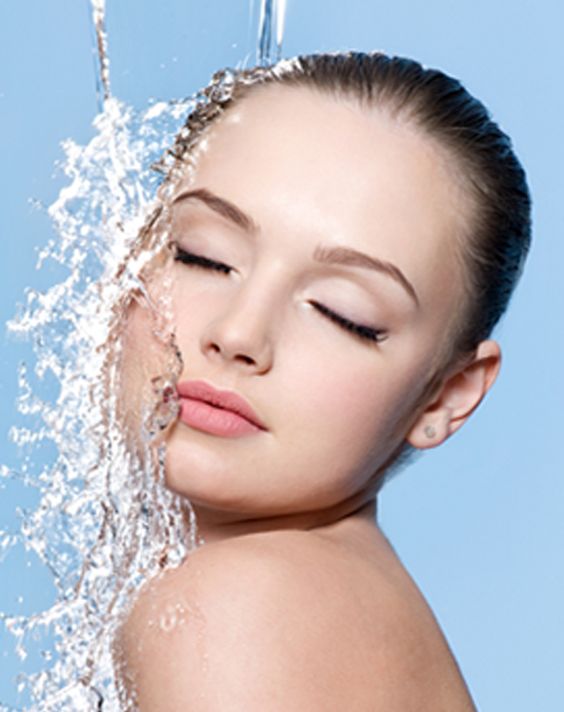
The Right Way to Exfoliate Your Skin
If you’ve used an exfoliator before, then I’m sure you’ve probably used some gritty, grainy formula that you scrubbed around your face until it felt slightly raw and tingly. But did you know that this kind of exfoliator might actually be destroying your skin, or not doing anything you want it to be doing? The correct exfoliator for your skin type will smooth rough patches, reduce redness, fade acne scars and dark spots, and brighten your overall face. Here’s what you should look for in an exfoliator and what you should avoid.
The Importance of Exfoliating
When you’re young, all of your dead skin cells fall off in a preprogrammed fashion every 28 days. However, when you’re older, some of those cells hang on for 40, 60, even 80 days, and though they’re tiny to actually see, they can make your skin look dull, discolored, and broken out from clogged pores. Dead skin cells can also block your skincare products from properly absorbing into your skin and the same goes for makeup. Your foundation won’t go on smoothly if the surface of your skin is rough from microscopic dead cells.
How Often You Should Exfoliate
Your dead cells re-accumulate every day, so should be exfoliating about 3-4 times per week. You can apply your exfoliator every three nights before working your way up to every other night, making sure to always apply moisturizer afterwards.
Physical and Chemical Exfoliators
Two types of facial exfoliators are physical and chemical. A physical exfoliator consists of grainy scrubs and exfoliating brushes, or anything that requires a physical force to remove your dead skin. Physical facial exfoliators cause more damage that they’re worth by slowly destroying your skin barrier. If you have sensitive skin or rosacea, a physical exfoliator is never a good idea. Chemical facial exfoliators use gentle acids to dissolve the glue that binds your dead cells to slowly reveal brighter, smoother, more even-looking skin. They’re not only gentler and more effective than physical exfoliators, but they come in different forms for your exact skin type.
Types of Chemical Exfoliators
There are two types of chemical exfoliators: alpha hydroxy acid (AHA) and beta hydroxy acid (BHA). AHAs are best for dry, sensitive, redness-prone skin. They exfoliate the surface of your skin, drawing in moisture while they work to keep your face hydrated. AHAs work to make your skin brighter and smoother with consistent use. AHAs come in a few forms, like lactic, mandelic, glycolic, and tartaric acid. If you have sensitive skin it’s best that you start with lactic acid, which is the gentlest of AHAs. Glycolic acid is a bit stronger and faster acting, best for normal skin non-sensitive.
BHA is best for oily, acne-prone skin. They break down oil-clogged pores to treat blackheads, whiteheads, and zits. BHAs are also anti-inflammatory, which helps mitigate some of the irritating effects BHAs can cause. One common BHA is salicylic acid which is a great acne treatment. If you use BHAs and AHAs interchangeably they tend to be irritating and drying if used in high concentration over the entire face. So it’s best to stick with only one chemical exfoliant.







